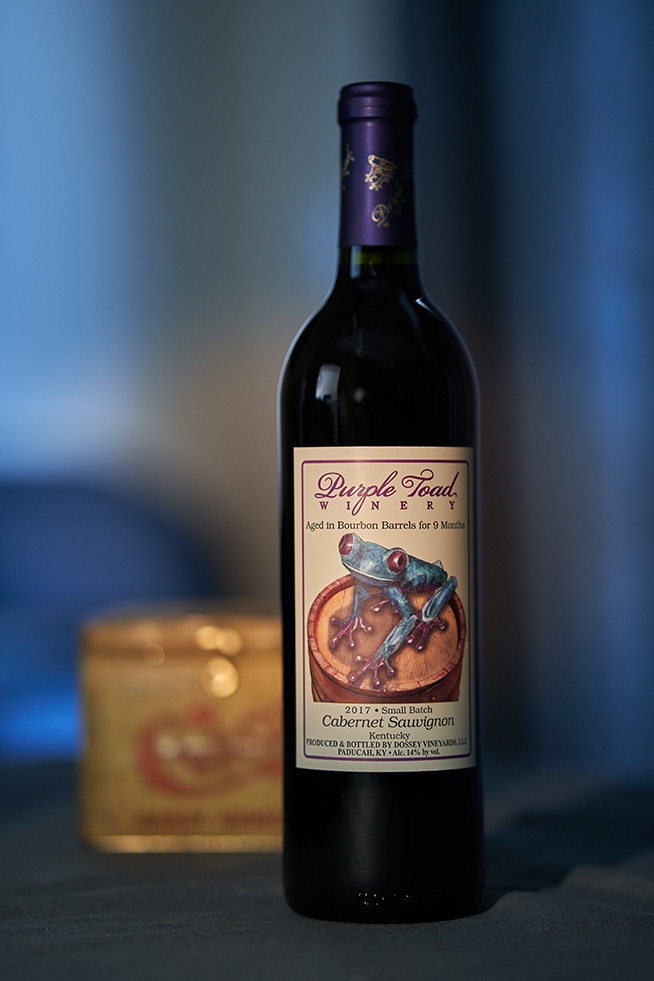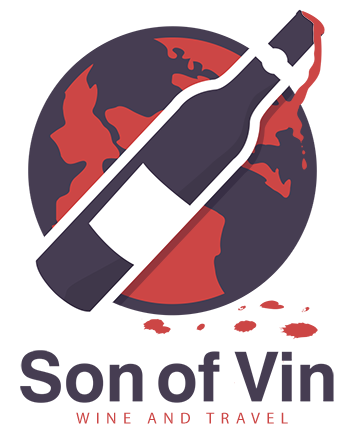A common theme I am seeing throughout many of the states I have already reviewed is how many of them had thriving wine industries at one time or were definitely trending upward until Prohibition hit in 1920. Many of these were attempting well known grapes as well as local native varieties as well. It makes me wonder if prohibition never happened, how different the US wine industry would look today. From most resources I read, Prohibition was such a large failure anyway. The government was small so truly cracking down on many of the law breakers was too difficult. I’ve even see some stories about how in some locations bars never bothered even closing down and they continued serving spirits throughout the entire time. Moonshine became very popular during prohibition, and about the only thing good that came out of it was the birth of NASCAR (if you are into that sort of thing) from moonshine runs.
One of the most well known states for moonshine and even more so for its bourbon is the Midwestern state of Kentucky. Founded in 1792, Kentucky quickly became one of the top 5 wine producing states by 1799. It has a bit more milder temperature than its southern neighbors which gave it an advantage for winemaking. Today, Kentucky fits in the top 20 states as far number of wineries.
Northern Kentucky is less than an hour ride from my hometown in Southern Illinois, so I knew that people from my hometown could help me pick what winery I should try. Without a doubt, Purple Toad Winery was their overwhelming choice. As an amateur winemaker, I appreciate the story of how this winery was founded. After a trip to Napa, it’s founders decided they wanted to grow their own grapes. They read winemaking books and studied information on the Internet to teach themselves everything they needed to start a winery. That’s how you use the Internet properly!

Speaking of the Internet, most of the information I read about Kentucky stated that Cabernet Franc was the most popular International grape currently being grown. So for my first wine, I decided to try their 2017 Cabernet Franc. Overall, this was a good wine. It had a solid medium amount of both tannins and acid. The flavors mainly consisted of raspberries, but the one downside was that there seemed to be a bit of a sherry smell on the nose. Letting this wine breath a while and especially having it again the next day allowed this smell to dissipate some.

Whiskey barrel aged wines are popping up everywhere now, and considering Kentucky’s most famous whiskey is Bourbon, I’m not surprised to see that they would create one of these new trendy wines. For my second wine, I chose their 2017 Bourbon Barrel Aged Cabernet Sauvignon. This was an interesting flavor profile for me. The wine alone had medium high tannins and acids, but that extra snappy finish on the tongue and earthy aroma must be coming from the bourbon barrel. There were also Black Currant and Cherry flavors to go on top of those. This was hands down my favorite of the two wines. I’m not sure how much of the bourbon taste and smell truly leaks into these wines, but this one tricked my senses enough to believing I could. Or maybe I could? We’ll see when I try my next bottle!
You can see a list of states I’ve reviewed on my main 50 Wines From 50 States page.







